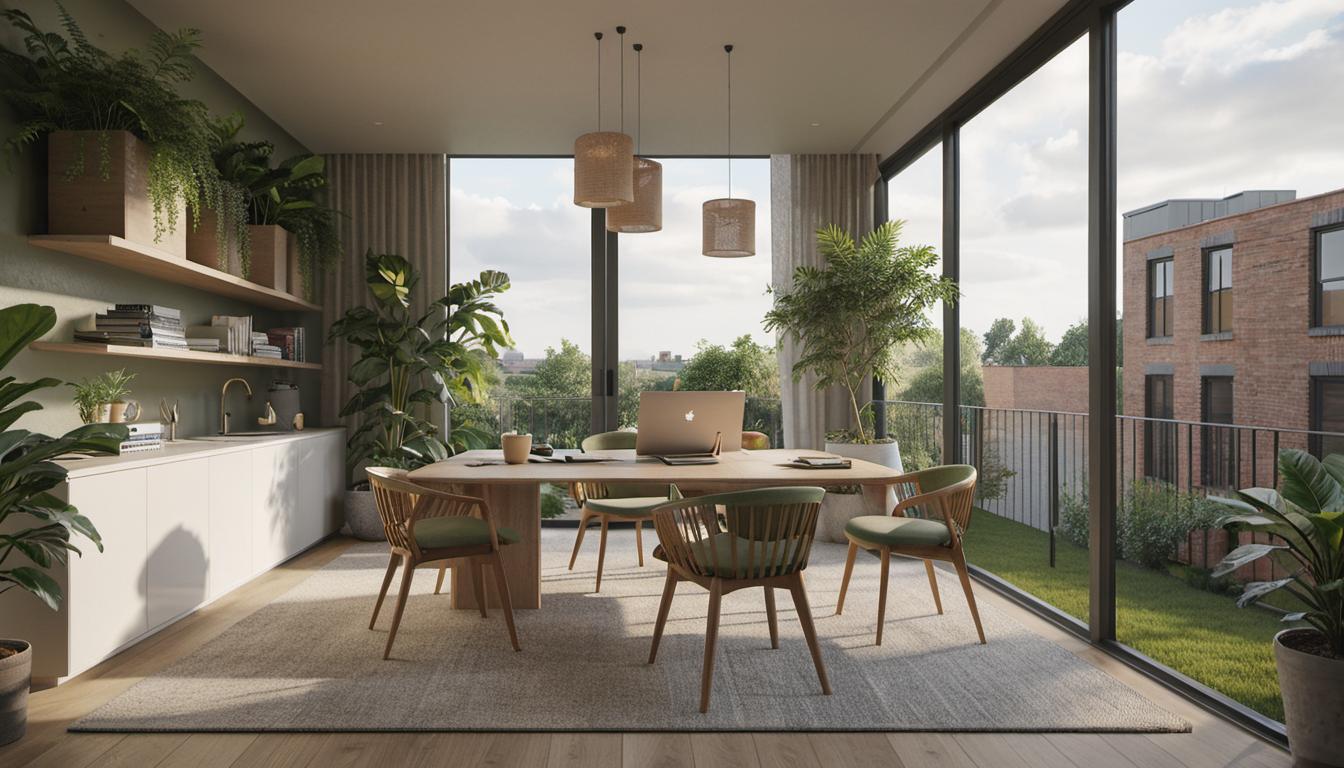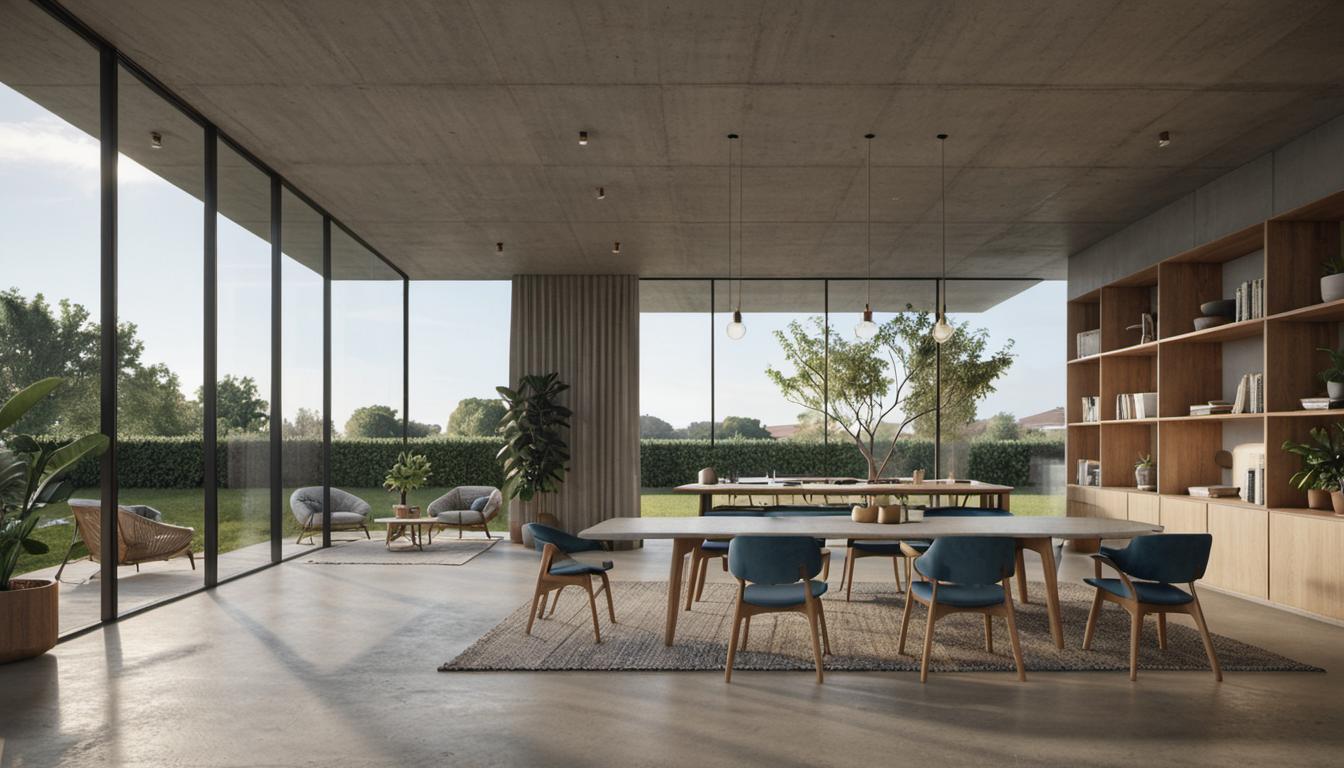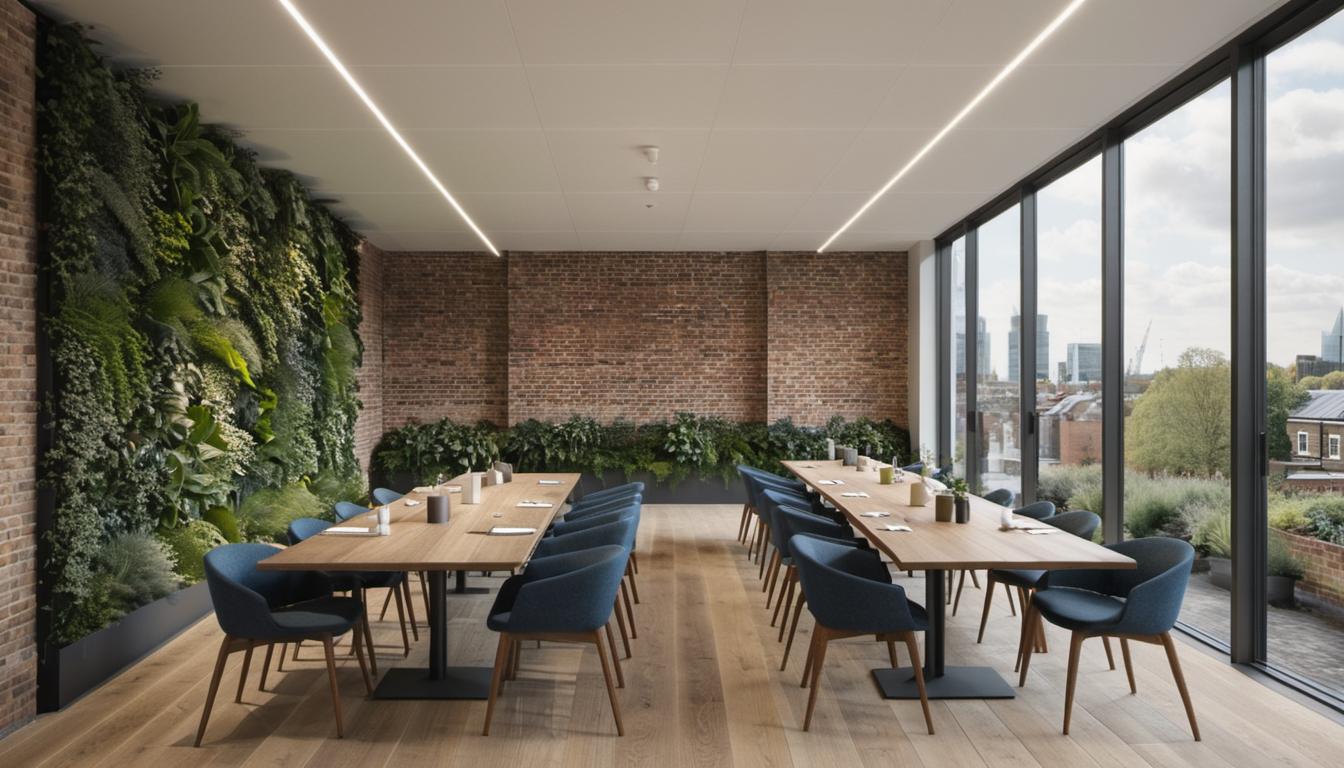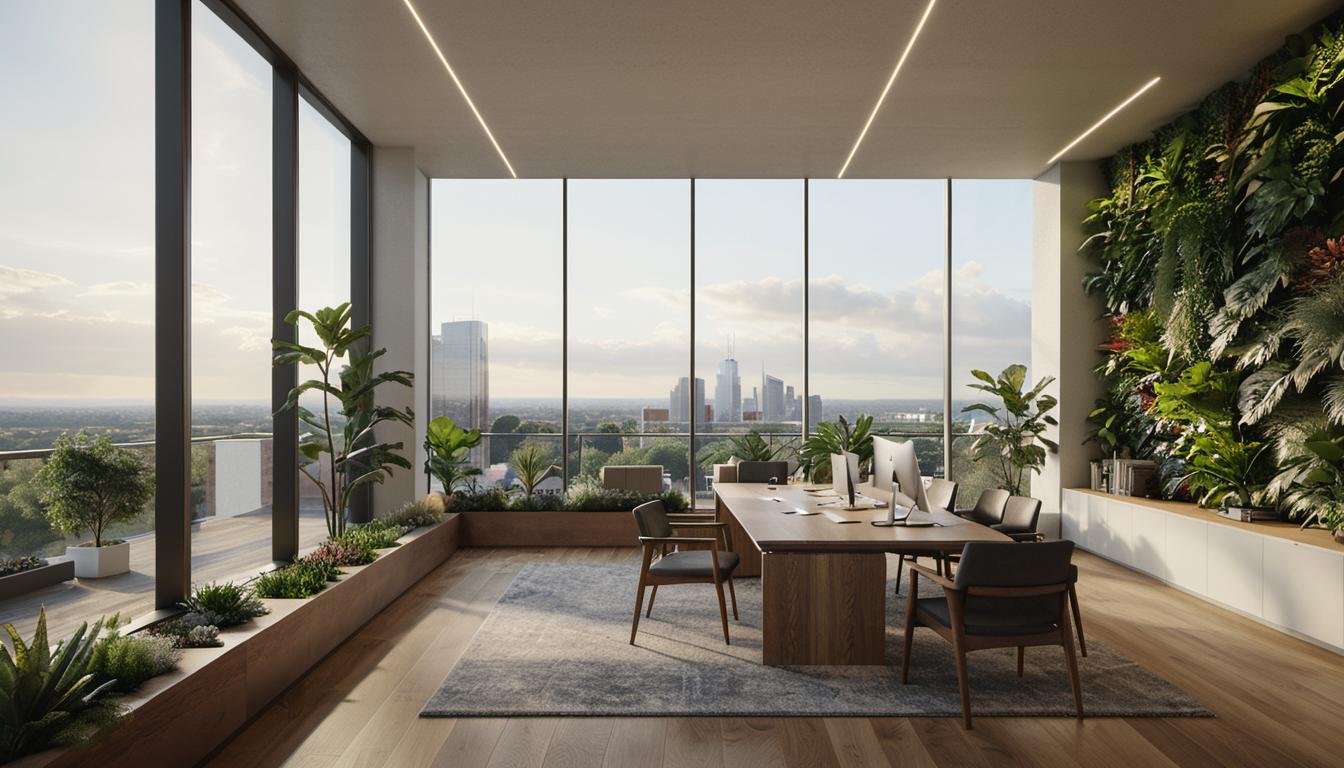Introduction
The trend of remote work is permeating different industry including the field of architecture. For purposes of unraveling the potential of working remotely, we’ll focus on discussing an enticing question: “Can I pursue an architectural visualization career remotely?” Nowadays, technological advancements coupled with the desire for flexibility have made it possible for architects, interior designers, and other professionals in the real estate industry to adapt to the remote work culture. According to a CNBC survey, an impressive 76% of employees are seeking work-from-home options, a sentiment echoed within architectural circles. Through this post, we’ll delve into the potential of remote roles in architectural visualization, real-life job hunting experiences, and practicalities of working remotely as an architect.
Remote Roles in Architectural Visualization
The remote work model offers many roles in the field of architectural visualization. Let’s discuss a few of these roles to better understand their significances, required skills, and how one can venture into them.
Graphic Designer Role
The role of a Graphic Designer involves the creative crafting of logos, illustrations, images, and more. This proficiencies serve a variety of sectors, including architectural presentations. Key skills for graphic designers encompass creativity, visual design proficiency, knowledge of software, analytical skills, time management, and effective communication.
For aspiring graphic designers, the progression typically involves acquiring a degree or certification in a related field, gaining practical experience via an internship, and creating a portfolio to display potential to future employers.
Architectural 3D Visualizer Role
An Architectural 3D Visualizer is tasked with generating high-quality rendered models and views for client presentations. From visualization to proficient data modeling, creating animations or CGI, and presenting your work, a myriad of skills are needed.
Getting into this field usually requires completing relevant software training courses, hands-on experience within a design team or via an internship, and cultivating a unique portfolio of your work.
Architectural Writer Role
Architectural Writers have the task of reporting about the rich diversity of architectural aspects. This could be anything from building designs, space planning, architectural colleges, to conferences and well-established architects. This role requires technical knowledge, research skills, creative thinking, and critique.
To become an architectural writer, one need to gain a degree in Architecture or similar field, intern with recognized architects or media houses, and maintain a regular writing workflow beyond the internship period.
Real-life experiences on getting remote jobs in Architectural Visualization
Remote job hunting comes with its unique set of challenges. Our discussion is centered around an individual named Ivona, a master’s degree holder in architecture and engineering. Ivona is in search of a remote job related to 3D rendering or full plan design in AutoCAD, and is proficient in a variety of software.
Ivona, like many others, prefers working remotely due to her nomadic lifestyle. However, getting a remote job isn’t an easy feat. There are several obstacles varying from prevalent skepticism to the difficulty of mentoring junior staff like Ivona remotely. Companies must also differentiate between in-person and remote roles, leading to confusion among applicants about the job’s nature and expectations.
A common suggestion identifies the need for clearly marked filters in job ads, such as a distinction between “remote available” and “option to work remotely”. Also, the location restrictions need to be explicitly stated. A fruitful remote job hunting process considers various factors like relevant skills, creative instincts, zeal, and a willingness to learn. There should also be consideration for educational background, accreditation of the degree, and the country where it was obtained.
Working Remotely as an Architect
Thanks to technological advancements, architects can efficiently conduct design reviews, modifications, site analyses and planning remotely. Numerous benefits are found in remote work such as access to a wider pool of opportunities, increased turnarounds, diminished errors and costly risks, improved work-life equilibrium, lower fixed costs, greater flexibility, and time and cost savings from reduced commuting.
Conversely, working remotely necessitates proper computer systems, robust security, resolution of technical limitations, ability to conduct project site visits, and encouraging collaboration and communication. It is mandatory for architects to utilize CAD software, Design review and approval software, 3D modeling software, among other tools. Numerous architecture firms have adapted to remote work, and some like J Kretschmer Architect, Margulies Perruzzi Architects, and Saam Architecture were even structured with remote work in mind and have prospered.
Obviously, necessary skills for remote work in architecture involve project management, version control, and task management capabilities. Remote work can be quite productive and efficient with the right tools and planning.
Frequently Asked Questions (FAQ)
What skills should a Graphic Designer possess for the architecture industry?
Key skills for graphic designers include creativity, flair for visual design, software and presentation skills, analytical skills, time management, and communication.
What does an Architectural 3D Visualizer do?
An Architectural 3D Visualizer creates high-quality rendered models and views for client presentations and approval.
What responsibilities are there for an Architectural Writer?
Architectural Writers explore and write about various aspects of architecture and design, including buildings, space planning, architectural colleges, conferences, and architects.
What are the benefits of remote work for architects?
Remote work for architects offers benefits such as access to a wider range of opportunities, increased turnarounds, reduction in errors and costly risks, improved work-life balance, lower fixed costs, increased flexibility, and reduced commute time and cost.
What tools are necessary for architects to work remotely?
Essential tools for architects working remotely include CAD software, Design review and approval software, 3D modeling software, Rendering software, GIS software, Surveying software, Project Management Software, and various client communication tools.
Wrap Up
To answer the question, “Can I pursue an architectural visualization career remotely?” in short: Absolutely! Despite the challenges faced, the advent of technology, along with the perks of remote working, makes it a viable option. Just remember to be patient, persistent and keep honing your skills and adding to your learning. Remember, it’s about being the right fit – not just professionally, but also when it comes to understanding and valuing the tenets of remote work. Good luck!






